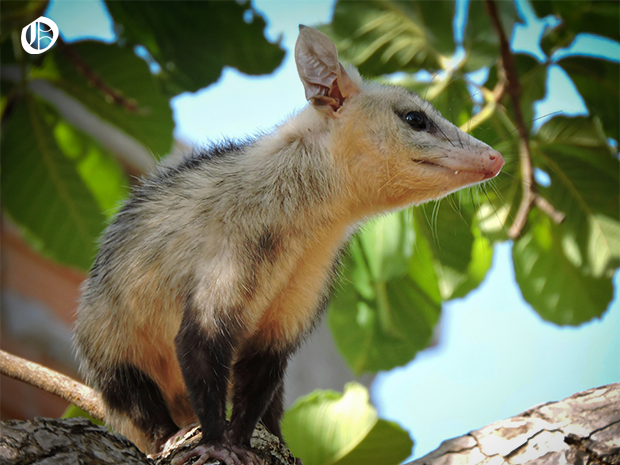A Look Back at ANU’s Biggest Scientific Breakthroughs of 2023

By Sacha von Thomann.
ANU is often regarded as one of the best Universities in Australia for research. As we head into 2024, Observer looks back at some of the significant scientific findings made by ANU researchers last year.
Breakthrough in Sustainable Energy:
In October last year, Professor Yueriu Lu at the ANU CECS was awarded the “Malcolm McIntosh” Prize for Physical Scientist of the Year for his various discoveries. Also known as the Prime Minister’s Prize for science; it is awarded to Australia’s prominent scientists and innovators who have made a significant contribution to the field.
Led by a team of dedicated scientists at ANU, the study focused on developing a sustainable energy solution with the aim of enhancing their efficiency and overall performance. This innovative work explored interlayer exciton which occurs when a negatively charged electron and a positively charged ‘hole’ sit in two different layers.
When bonded together they create an interlayer exciton pair and formed in abundance, these pairs can turn into a superfluid, allowing charges to move without losing energy. This discovery paves the way for groundbreaking new devices that are fast and consume considerably less energy than today’s technology.
BioTech Innovation:
The team also discovered the world’s thinnest microlens; which is two-thousandths the width of a human hair. Microlenses are designed to allow individuals to see objects that are not easily perceived by the naked eye. Objects can be seen in greater detail resulting in a better understanding of their characteristics and how they function.
This discovery will pave the way for advances in medicine by acquiring a thorough understanding of the complexities and features of certain ailments. The miniature lens could also be instrumental in facilitating discoveries made by the wider scientific community, allowing practitioners to treat them more effectively.
Crucial technological breakthroughs in drought analysis:
Over the years, Australia has been greatly impacted by drought seen in the 2019-2020 devastating bushfires, and more recently in October 2023.
According to the Bureau of Meteorology, October 2023 was the driest October reported since 2002. Utilising space technology, scientists from ANU have been able to predict droughts up to five months ahead of time.
Data was taken from various satellites to study the water below the Earth’s surface in remarkable detail. These specific conditions of water availability enhance current computer-simulated models. This then results in the ability to forecast the state of vegetation which may have been caused by drought. This discovery could be game-changing in the preparation for and managing the effects of drought, an issue central to Australia
Other areas of success:
Various ANU academics have been named as being among the top 250 researchers in the country. In Australia’s annual research magazine, Boyd Blackwell was mentioned as the leading researcher in Plasma and Fusion with ANU being the top institution for this subject matter. Professor David Lindenmayer from ANU College of Science has also been named for his work in Ecology. Further, ANU leads in Evolutionary Biology, Condensed Matter Physics and Semiconductors, Asian Studies and History, Chinese Studies and History, Sustainable development and the field of Chemical & Material Sciences. The quality and impact of the respective research evaluated the top researchers.
Graphics by: Annisa Zatalini









